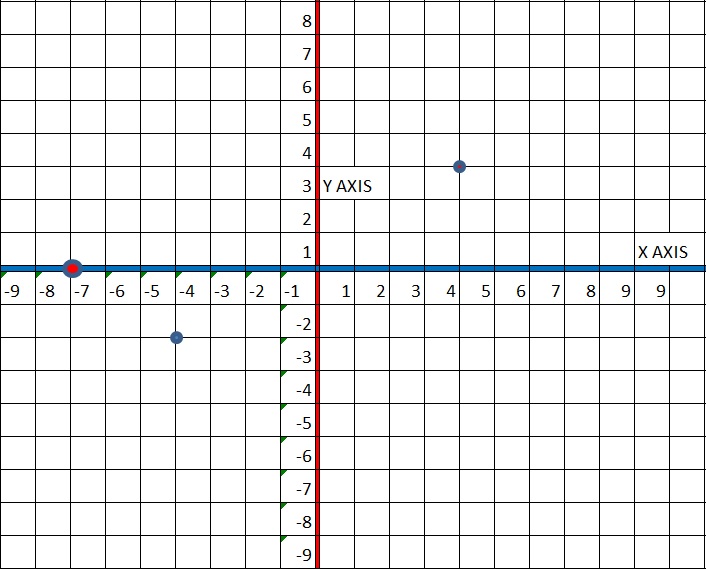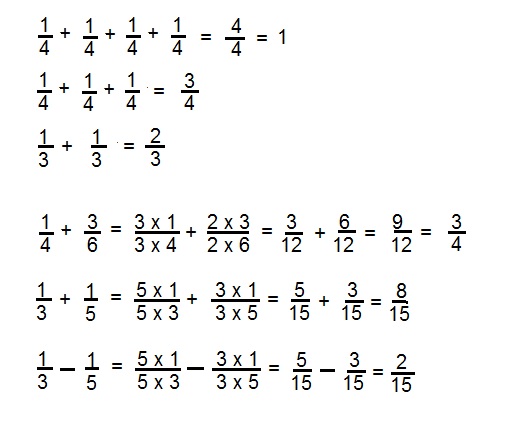

| x > 0 | means: x is larger than '0' |
| x ≥ 0 | means: x is larger or equal to '0' |
| x < 0 | means: x is smaller than '0' |
| x ≥ 0 | means: x is larger or equal to '0' |
| x ≤ 0 | means: x is smaller or equal to '0' |
| -5 < x < 5 | means: x is smaller than '5', but larger than '-5' |
| a ∧ b | means: a AND b |
| a ∨ b | means: a OR b |
| ∀ x | means: for all x (in some set) |
| ∃ x | means: there exists some x (in some set) |